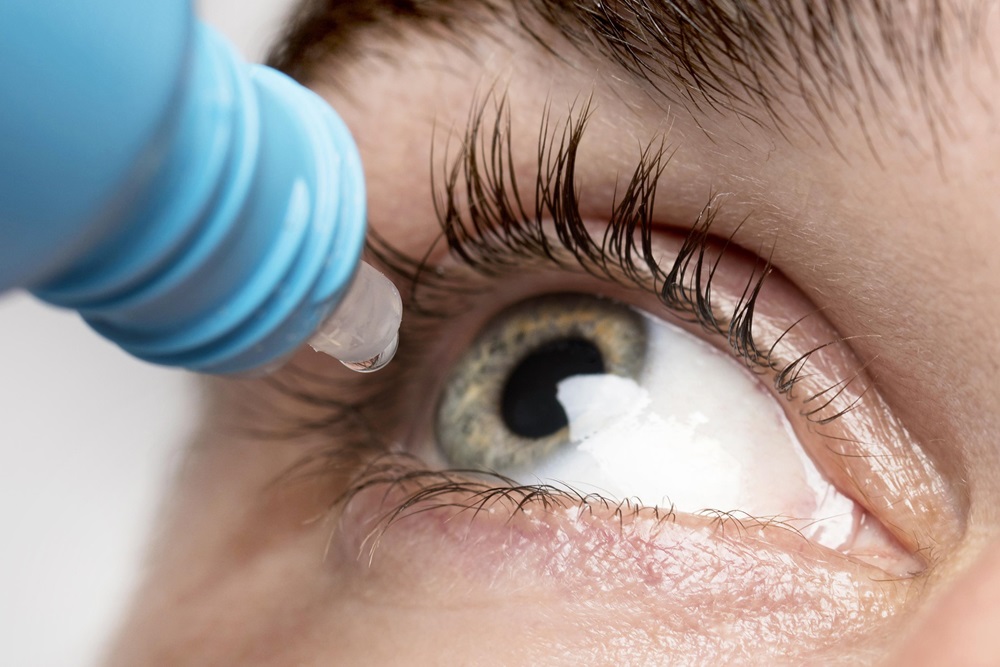Dry eye disease occurs when the eyes do not produce enough tears or when tears evaporate too quickly, leading to insufficient lubrication of the eye's surface. This condition can cause discomfort, redness, and vision problems. Below is a detailed guide to understanding and managing dry eye disease:
Dry eye disease is caused by insufficient tear production or excessive tear evaporation, leading to dryness and irritation of the eye surface.
Tears are essential for lubricating, protecting, and cleansing the eye surface. Inadequate tear production or poor-quality tears can result in irritation and discomfort.
Dryness: A constant feeling of dryness or grittiness in the eyes.
Redness: Inflammation of the eye surface due to irritation.
Eye fatigue: Often worsened by prolonged screen use or reading.
Watery eyes: Reflex tearing to compensate for dryness.
Blurred vision: Caused by an uneven tear film.
Light sensitivity: Increased sensitivity to light (photophobia).
Aging, menopause, or hormonal changes.
Autoimmune diseases such as Sjögren's syndrome or rheumatoid arthritis.
Environmental factors such as dry or windy climates and air conditioning.
Prolonged screen time or reading (reduced blinking).
Blocked meibomian glands (responsible for the oily layer of tears).
Certain medications (antihistamines, antidepressants, birth control pills).
Eye surgeries (e.g., LASIK, cataract surgery).
Physical Examination: Evaluating signs of dryness and irritation.
Schirmer Test: Measuring tear production levels.
Tear Break-Up Time (TBUT): Assessing how long the tear film remains intact.
Meibomian Gland Evaluation: Checking for blockages in the oil glands.
Lubricate and soothe the eyes.
Preservative-free options are recommended for long-term use.
Warm compresses: Applied for 5-10 minutes to the eyelids.
Eyelid massage: Helps unblock meibomian glands.
Lid cleansing: Using special solutions for lid hygiene.
Cyclosporine eye drops: Increase tear production (e.g., Restasis).
Lifitegrast drops: Reduce inflammation (e.g., Xiidra).
Antibiotic ointments: Treat meibomian gland infections.
Small devices placed in tear ducts to retain tears on the eye surface.
Lipiflow: A thermal pulsation treatment to unblock glands.
Intense Pulsed Light (IPL): For severe cases of meibomian gland dysfunction.
Punctal occlusion to permanently close tear ducts.
Use artificial tears regularly to keep eyes moisturized.
Maintain eyelid hygiene with warm compresses and gentle cleansing.
Avoid dry and windy environments, and use humidifiers indoors.
Follow your doctor's treatment plan for optimal results.
Turkey is a popular destination for medical tourism, offering advanced treatments for dry eye disease at affordable prices. Here’s what you need to know about managing dry eye disease in Turkey:
Expert Ophthalmologists: Turkey has highly skilled specialists in dry eye disease and ocular surface disorders.
Advanced Technology: State-of-the-art diagnostic tools and treatment equipment are widely available.
Affordable Costs: Treatment in Turkey is significantly more cost-effective than in many Western countries.
Comprehensive Care: From diagnosis to post-treatment follow-up, Turkish healthcare providers offer holistic care.
Artificial tears, cyclosporine, and lifitegrast drops.
Warm compress therapy and eyelid hygiene routines.
Lipiflow and IPL for meibomian gland dysfunction.
Punctal plugs for severe dry eye cases.
Punctal occlusion for tear retention.
Research and choose a reputable hospital or clinic with expertise in dry eye disease.
Consult with a specialist to determine the most suitable treatment plan.
Plan for a stay of at least 1-2 weeks for treatment and follow-up.
Verify insurance coverage for international treatments or inquire about payment plans.
Dry eye disease can significantly impact quality of life, but it is manageable with proper diagnosis and treatment. Turkey offers high-quality and affordable care for dry eye disease, making it an excellent choice for international patients. Early intervention and consistent treatment can help protect vision and improve comfort.
If you have further questions or need assistance, feel free to reach out to a healthcare professional or a trusted medical tourism agency in Turkey.
